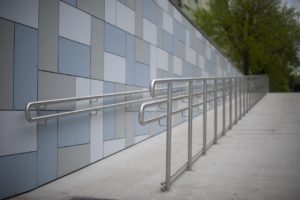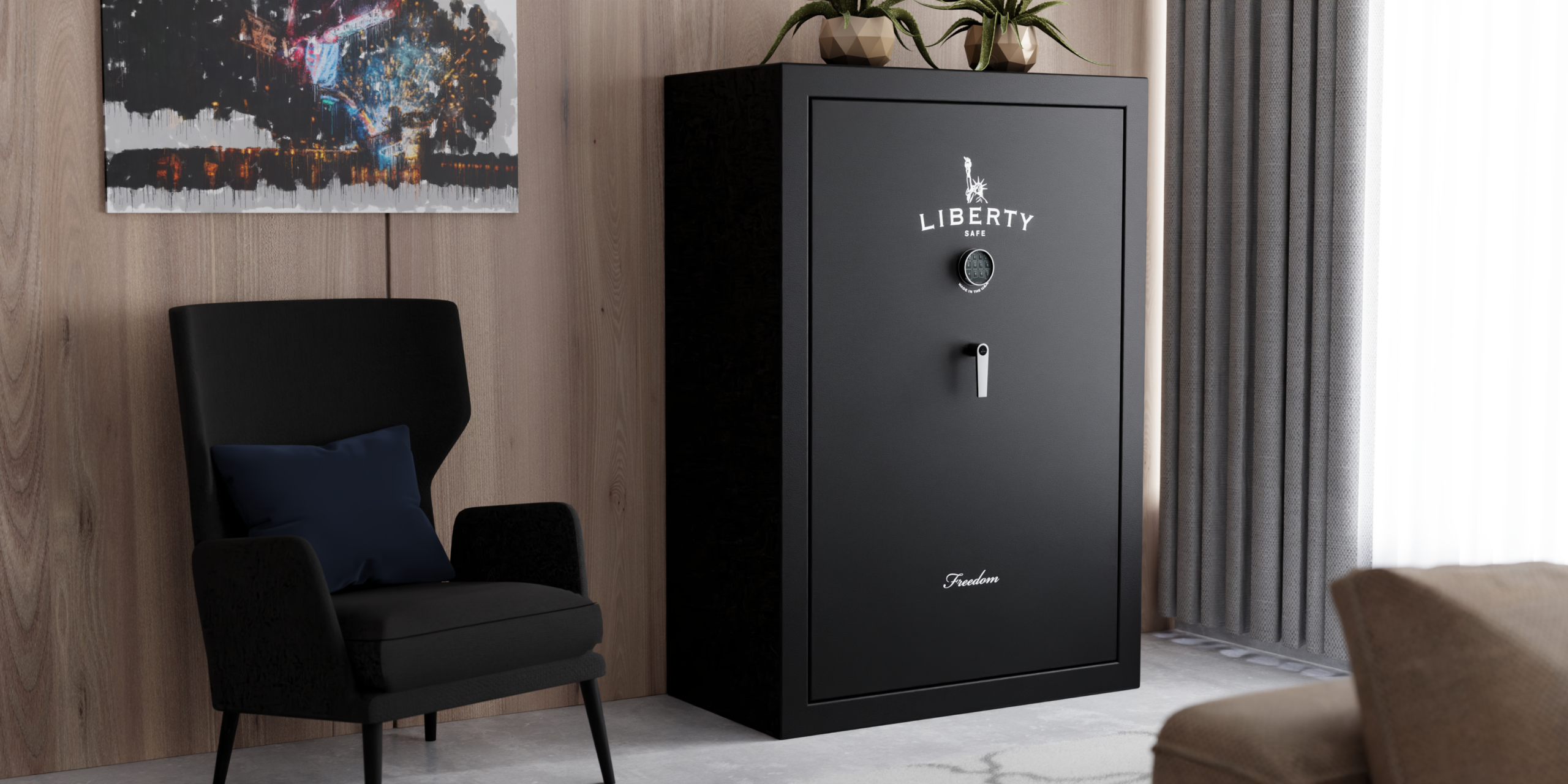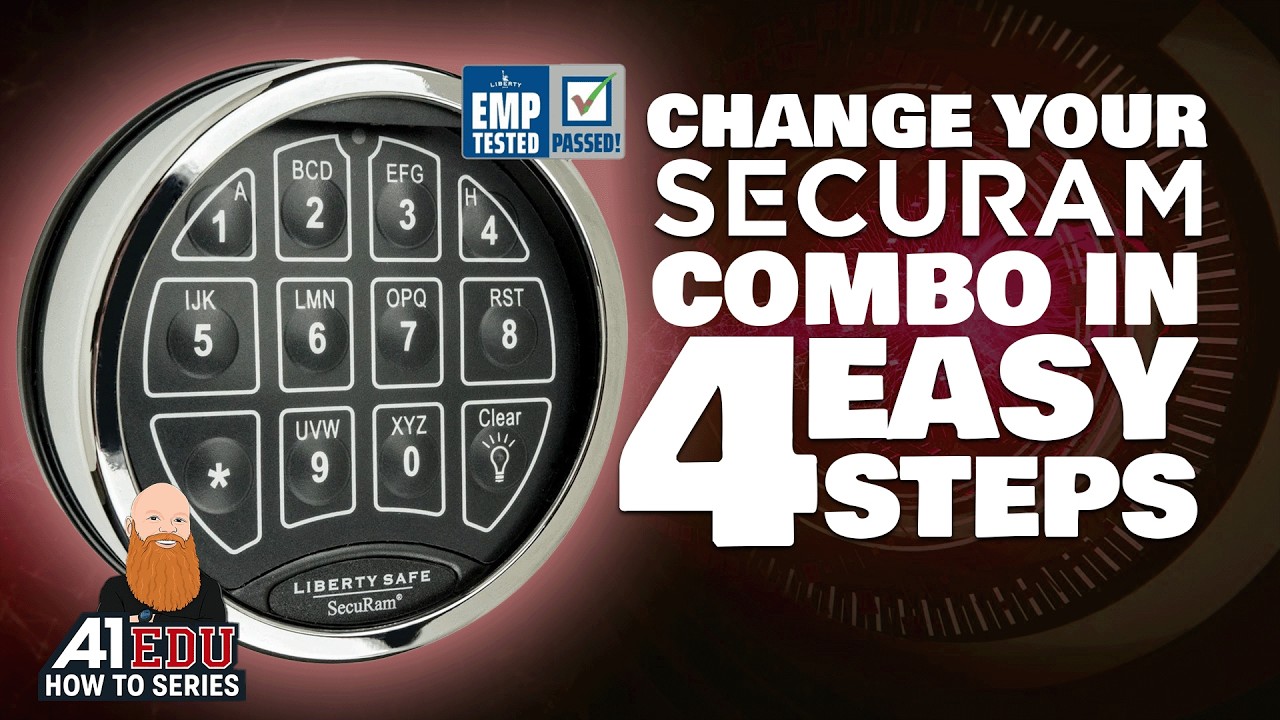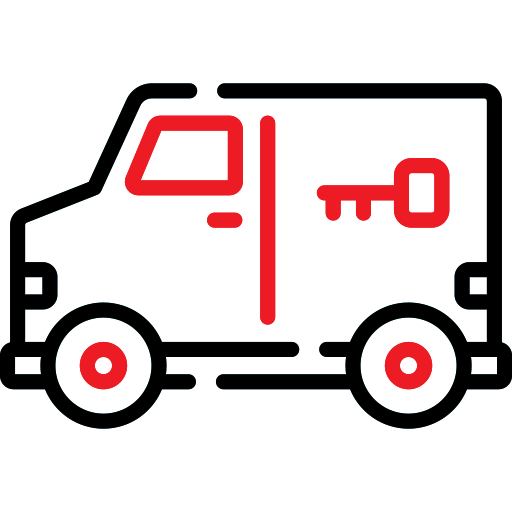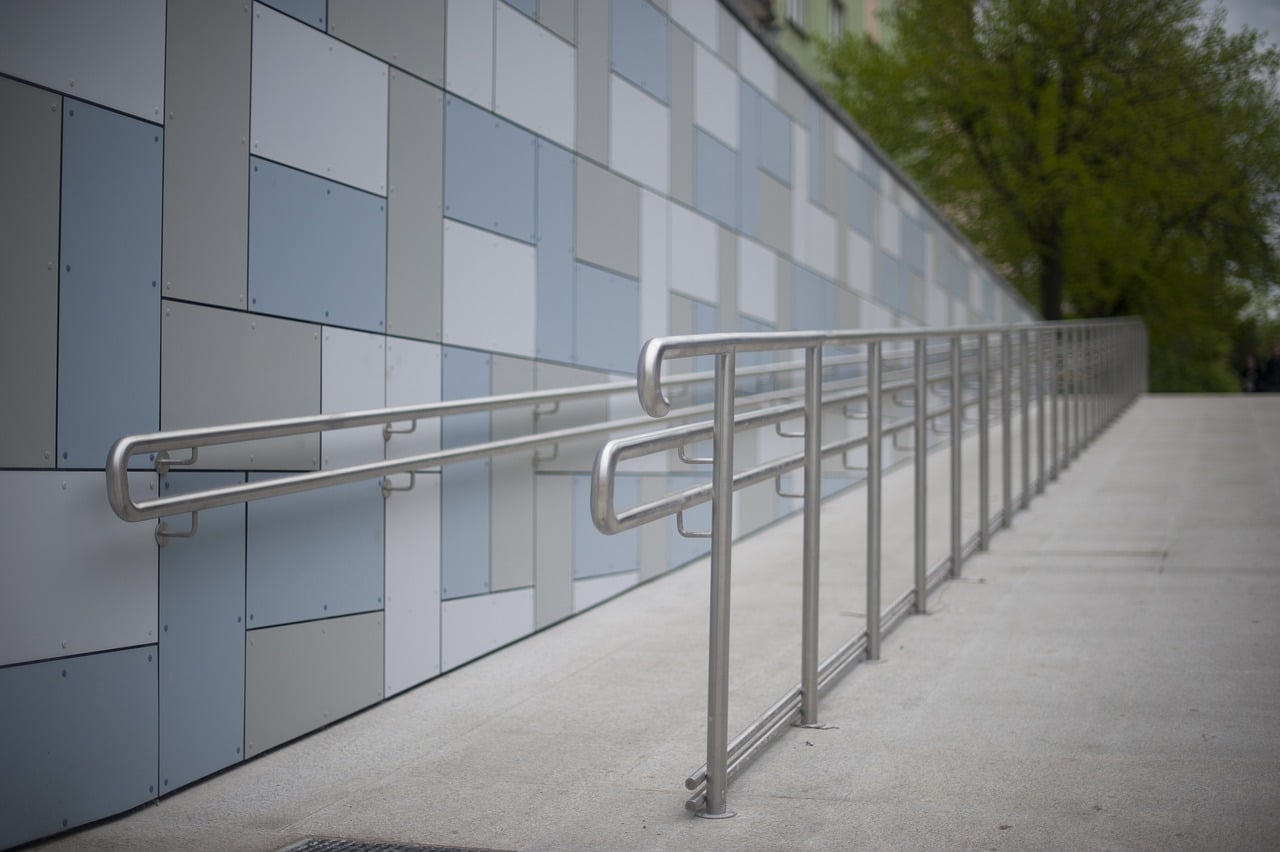
Being environmentally conscious is arguably the biggest concern for businesses, and corporations these days. But accessibility is right on its heels. While commercial businesses have different needs, and resources depending on their size, accessibility is something every business owner can improve.
After all, ADA compliance, and other requirements are top of mind whenever there’s an audit, but what about the rest of the time? Are you doing your best to ensure your business is accessible to all? Let’s discuss 10 accessibility improvements ideas you should consider.
-
Upgrade Equipment
For starters, you may have an older building that needs to be retrofitted with accessibility equipment, structures, and/or technology. Think things like guardrails on stairs, and walkways, benches with room for wheelchairs, and elevators. The equipment you need to upgrade depends on your specific building and industry, but if you can perform an accessibility audit, it will be easier to identify what needs to go, what needs to be added, and what needs to change.
-
Remove Obstacles
Are there any walkways, stairs or other areas that aren’t accessible by people of all abilities? It’s important to keep hallways, walking paths, entrances, and exits free from clutter and other obstacles. Here are a few examples of components other businesses have installed to remove obstacles from their commercial business buildings:
- Stair lifts
- Walking ramps
- Transfer poles
-
Update Your Website
Accessibility isn’t just limited to your physical space. More, and more companies these days are updating their websites to maintain compliance with accessibility standards and avoid potential legal fees, fines or lawsuits. The most forward-thinking businesses are making changes now before more direct consequences are on the table. To improve your commercial business website’s accessibility, here are a few ideas to consider:
- Post an accessibility statement. (Here is one tool you can use to create one.)
- Make sure all images have alt text that describes what is in the image.
- Make sure color contrasts properly to assist people with low and impaired vision.
- Add captions to any audio snippets, and videos on your website.
- Make sure you optimize your website for SEO, proper structure, and easy navigation.
-
Prioritize Entrances, and Parking Lots
A first impression makes a difference, and it starts with the parking lot and/or entrance to your building. If someone is unable to enter your facility without help, that’s a problem. Make sure there are handicapped spaces that are easily accessible to the building (and that the paint and any signage are visible, and not worn down), as well as ensuring there is a ramp option in front of the building if there are any stairs.
-
Ensure You Have Lots of Signage
Disabilities extend beyond the ability to walk or not. There are those with special needs related to vision, hearing loss, and other issues. Ensure all of your customers or tenants can easily find where they need to go. That could mean arrows pointing in the direction to walk, signs leading to restrooms or clearly labeled areas that are restricted to employees.
-
Don’t Forget About Bathrooms
Bathrooms are an area where accessibility is especially needed. Whether your facilities have showers or not, toilets can be difficult to navigate without things like support bars, larger stalls that accommodate wheelchairs, and baby-changing stations. Transfer aids like support poles with built-in grips are one example of how you can make bathrooms more accommodating. A button that opens bathroom doors is also a wise investment.
-
Look Up!
If your abilities aren’t limited, you may not think about certain every day things that may be more difficult for others. One of those things is when needed items, buttons or areas are too high up for, someone in a wheelchair to reach. If you’re a retail space, for example, you want your customers to have access to everything on display. Elevator buttons, door buttons, and other equipment should also be accessible.
-
Ask a Professional
If you’re still not sure where to make improvements at your commercial business, it might be a wise idea to seek out a third party’s opinion. A commercial locksmith and security company
is a good option here, as they can perform an audit of your facility to identify both security, and safety issues related to accessibility. Even if you don’t address everything they find, at least you’ll know what needs to improve, and can add it to your list for the immediate future.
-
Train Employees on Accessibility Importance
You don’t want your business or an employee showing up on social media or the news because they treated an ability-challenged person poorly or without respect. Accessibility knowledge is just as important as physical accessibility improvements. Train your employees to watch for visitors who need help, and identify any accessibility issues that need to be addressed.
-
Ask Your Customers Questions
Another great idea is to ask your customers for suggestions on how to improve your facility, and make it more accessible, and enjoyable to visit. You might be surprised at the suggestions from both guests with disabilities, and those without. Try not to get offended, but take their advice, and suggestions to heart and use it as an opportunity to improve, and do right by people.
If you’re interested in more accessibility, and security improvement ideas for your commercial business, stop by any of our DFW-area locations today to browse our selection and ask questions. Or, give us a call at (972) 284-7500 today!
